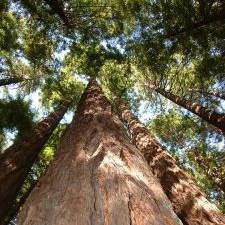REDD Without Locals Won’t Save Trees
The Copenhagen Accord has unleashed millions in financing for the reduction of greenhouse gas emissions from deforestation and forest degradation (REDD), but it also signaled more waiting before a global reduction agreement is reached. Money spent wisely now could yield a more effective REDD regime once that wait is over, and this new report outlines six ways to make sure it’s done right.

12 May 2010 | The Copenhagen Accord has unleashed millions in financial support for the reduction of greenhouse gas emissions from deforestation and forest degradation (REDD), but it also signaled more waiting before a global reduction agreement is reached. Money spent wisely now could yield a more effective REDD regime once that wait is over – and this new report outlines six ways to make sure it’s done right.
Entitled REDD+ in the Post-Copenhagen World: Recommendations for Interim Public Finance, the 16-page report has been compiled by the Amazon Environmental Research Institute (IPAM), the Woods Hole Research Center, Forest Trends (publisher of Ecosystem Marketplace), Global Eco Rescue, Tropical Forest Group , and the Institute for Conservation and Sustainable Development of Amazonas (IDESAM), with additional authors from EDF, the University of Colorado, and the State of California.
Building on decades of experience in the field, the report offers six lessons the authors believe are critical if REDD and REDD+ (which includes REDD plus more controversial measures such as sustainable forest management) are going to generate offsets that truly represent emission reductions and that a global carbon regime will accept.
You can download the report here.
Additional resources
Please see our Reprint Guidelines for details on republishing our articles.

